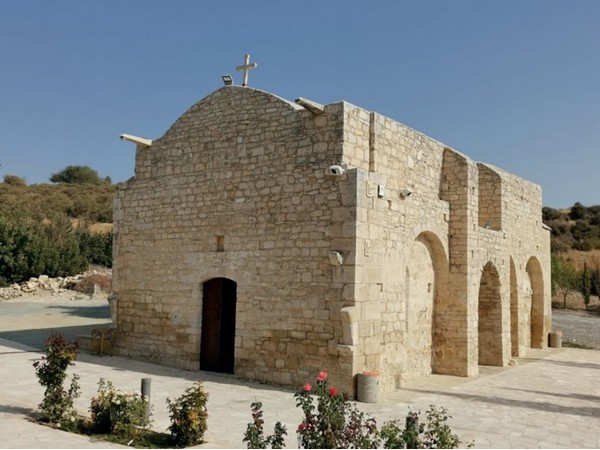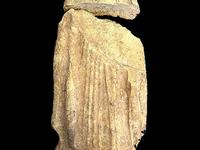Press Releases

30-10-2024 16:17
Excavation at Panagia Karmiotissa site, Kato Polemidia – 2024 Excavation Season
The Department of Antiquities, Deputy Ministry of Culture, announces the completion of the second excavation season of the “Panagia Karmiotissa” project. The excavation took place at the area surrounding the church of Panagia Karmiotissa under the direction of Dr Andreas Nicolaides and Dr Margot Hoffelt.
The project is the result of three years of close collaboration between the ERATOSTHENES Centre of Excellence and the CNRS Laboratoire d’archéologie médiévale et moderne en Méditerranée (LA3M). The research team consists of Dr Margot Hoffelt, Dr Andreas Nicolaides, Dr Kyriacos Themistocleous and Dr Andreas Anayiotos.
The excavation at Panagia Karmiotissa is an effort to identify the origin of the church, as well as explore, collect and investigate historical and archaeological information of the site. For several reasons, such as second-hand sources, topography, toponymy, oral tradition, etc., the site was suspected to be established by the Carmelites in Cyprus during the 13th century. However, the existing church, according to architectural references, is estimated to have been built during the 14th century. It was therefore necessary to get to the underlying archaeological layers in order to investigate the stratigraphically potential of the area.
The continuation of the 2023 excavations took place in one of the northern terraces and behind the church chevet. In the north-eastern terrace pit, several occupation levels from the 13th century were investigated. They were functioning with a dry-stone masonry delimitating a half-excavated volume which may be associated to domestic activities. A limestone floor was revealed underneath, under which there is evidence of a possible water distribution system.
Within the pit behind the church chevet, about twenty oriented, human-sized pits were discovered, interpreted by the excavators as burials. All of them seem to have been emptied in a very meticulous way. At least five phases of inhumation were identified, one of them functioning with the creation of a flight of stairs oriented towards a location underneath the church chevet. This element, coupled with the ground penetrating radar surveys conducted inside the church by the Eratosthenes Centre of Excellence, suggests the existence of underground structures. In upper layers, many fragments of wall paintings, including letters and clothing patterns, have been recovered. Several earth walls partially preserved in elevation were also found, attached to a regular system of postholes. Radiocarbon analysis will allow for a precise dating. These structures constitute a major discovery as they are rarely observed in an extensive way.
(ΕΚ/ΙΑ/GS)
Relevant Press Releases

22-11-2024 11:25
The “Royal Chapel” of Agia Aikaterini at Pyrga closed for the public



04-11-2024 13:18
Announcement by the Cyprus Academy of Sciences, Letters, and Arts



